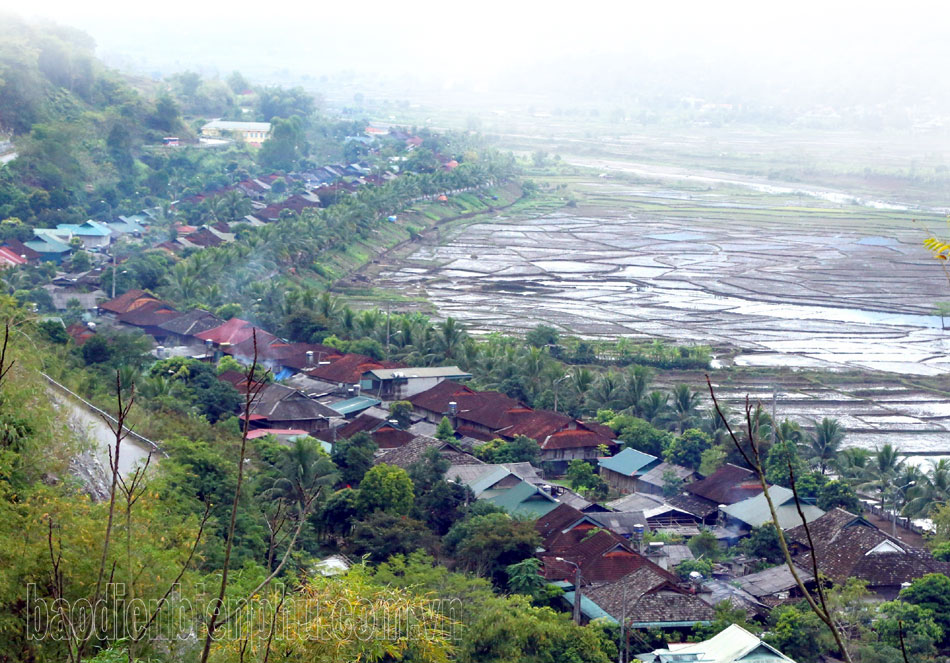
By the end of 2023, the whole province will have 48 communes that have met and basically met the NTM standards, the average income of people in rural areas will reach 26 million VND/year; the poverty rate in rural areas will decrease to nearly 37%; the average number of NTM criteria at the commune level will reach about 14 criteria/commune. The material and spiritual life of the people is increasingly improving, the appearance of Dien Bien's countryside is changing and improving. However, when reviewing the NTM construction program in the province, the problem is the challenge of maintaining the NTM standards because many communes do not meet the NTM standards. The most difficult criteria are income, poverty rate, facilities, and culture, which are difficult for communes to meet and maintain.
In addition to the challenge of maintaining standards, the fact that some districts of Dien Bien Dong, Tuan Giao, Tua Chua, and Muong Cha do not have communes meeting NTM standards is also a matter worth considering. The reality of building NTM in the province requires each level and each sector to proactively take part, find solutions to overcome difficulties, mobilize investment resources to effectively implement programs and projects to improve rural infrastructure, helping people increase their income and life to escape poverty.
With the viewpoint that building a new rural area has a starting point but no ending point, Dien Bien province has mobilized the entire political system to participate, mobilizing families and villages to join hands in building a new rural area. The province's plan for building a new rural area for the period 2021 - 2025 clearly defines goals, solutions, and assigns implementation tasks. The province strives to have 2 district-level units complete new rural area construction by 2025, 1 commune meeting the model new rural area standard, 9 communes meeting the advanced new rural area standard, 76 communes meeting and basically meeting the standard, 650 villages meeting the new rural area standard and model new rural area standard. In which, Muong Lay town strives to be a district-level unit to complete the task of building a new rural area. Implementing the plan, each locality, based on the actual situation, participates in building a new rural area, first of all, from the tasks that do not require financial contributions such as environmental sanitation, maintaining a cultural lifestyle, etc.
In economic development, localities study and guide people to convert crops and livestock in the direction of linking production - consumption, increasing income; concentrated production. Dien Bien district with Muong Thanh field has researched and applied new science and technology in agricultural production, especially with rice to increase output and value of rice in the area. At the same time, the district focuses on developing agricultural production in the direction of commodities, diversifying models to create livelihoods for people. Many specialized tree farms have appeared in the district to help people access new production methods and increase income. In Tuan Giao district, the climate and soil are suitable for macadamia trees to grow. Exploiting this advantage, the district promotes agricultural restructuring, converting low-productivity land to grow trees of high economic value by expanding the area of macadamia trees. The district has focused resources on production development support projects under national target programs to plant new macadamia trees in the communes of Pu Nhung, Ta Ma, Phinh Sang, Rang Dong... Currently, the entire Tuan Giao district has nearly 1,000 hectares of macadamia trees for harvest, with an estimated output of nearly 3,000 tons of fresh fruit in 2023. In Nam Po district, Si Pa Phin High-Tech Agricultural Cooperative has implemented a model of growing clean, high-quality vegetables and fruits, linking the consumption of agricultural products in domestic and foreign markets.
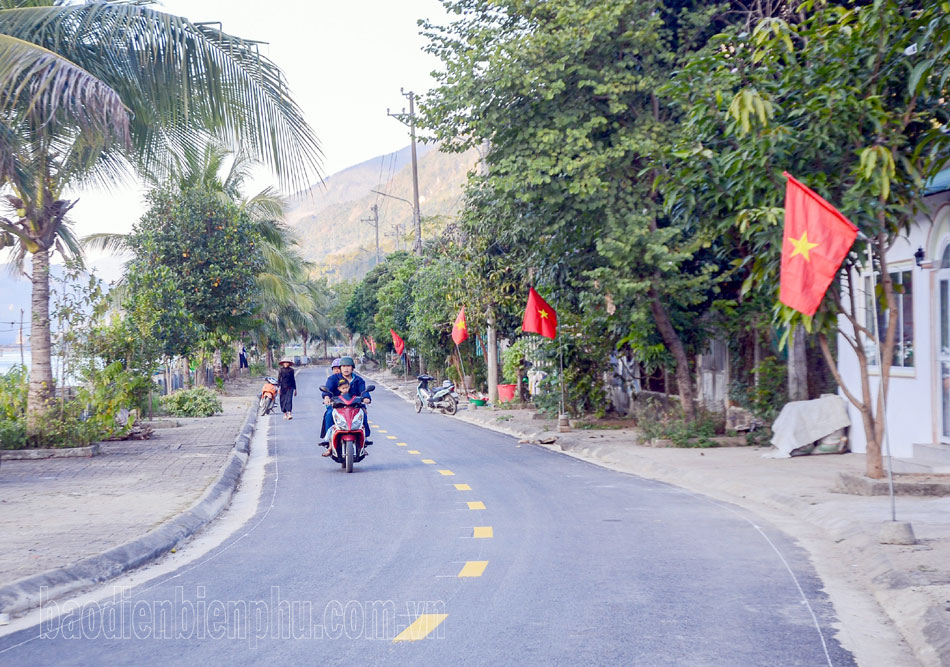
With the participation of mass organizations, people's awareness has changed a lot, actively participating in building new rural areas through donating land for roads, building cultural houses, etc. However, the income criterion is a challenge that Dien Bien finds difficult to implement because of the high poverty rate and difficult production conditions. Meanwhile, the set of criteria for new rural areas continues to raise the standard for criteria, the income level also increases, making it more difficult for communes to implement. Communes with more favorable conditions have strived to achieve new rural areas, while the remaining communes all have a low starting point, uneven education, lack of production land, and difficulty in applying science and technology to production, leading to difficulty in increasing income. The reality of building new rural areas in the province also poses a situation where a large number of farmers still have the mentality of waiting and relying on the State's support, not wanting to escape poverty. Party committees and authorities of some localities are "satisfied" with the results achieved; lack of determination to strive for the criteria of new rural areas that have not been achieved. The construction of new rural areas requires a lot of funding while the resources to implement the program's goals supported by the Central and the province are limited, not meeting the requirements and mobilizing internal resources from the people's participation and contributions is facing many difficulties.
The causes of the challenges of building new rural areas in the province include both subjective and objective factors, but it is necessary to identify solutions, remove difficulties, raise awareness and responsibility of people and Party committees and authorities. Strengthen propaganda, mobilize the entire political system to participate, enhance the role and responsibility of people in building new rural areas. Replicate models, typical examples, initiatives, and good experiences in new rural areas. The government connects, supports, and guides people to effectively implement the contents and criteria of new rural areas; especially building pilot models of high-tech agricultural production associated with product consumption to replicate and increase rural people's income.
Source








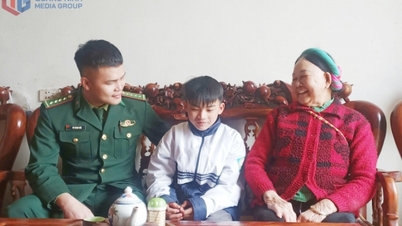
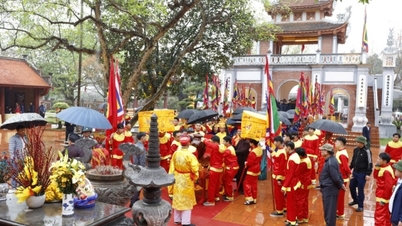

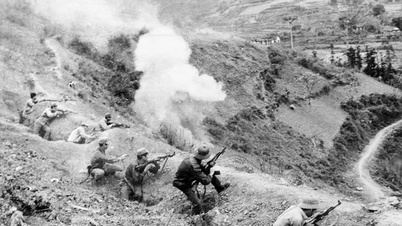

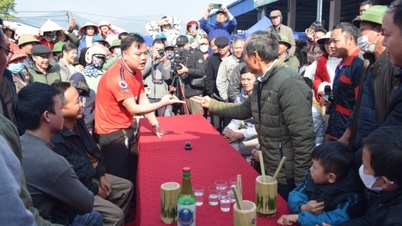



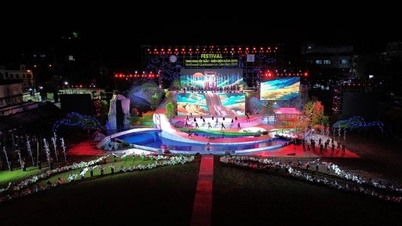






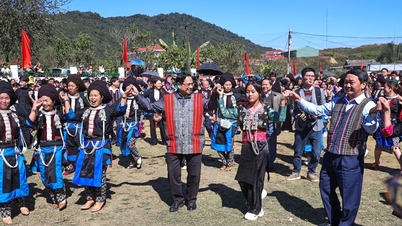
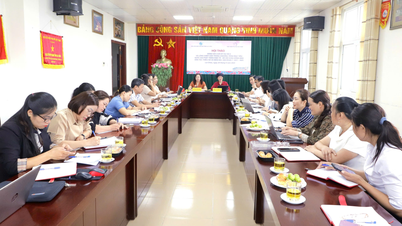



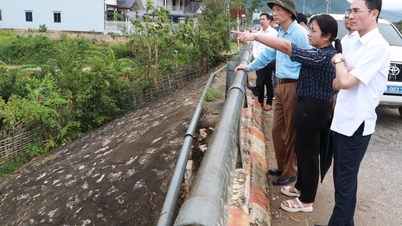
![[Photo] President Luong Cuong receives President of the Cuban National Assembly Esteban Lazo Hernandez](https://vphoto.vietnam.vn/thumb/1200x675/vietnam/resource/IMAGE/2025/9/30/4d38932911c24f6ea1936252bd5427fa)
![[Photo] Panorama of the cable-stayed bridge, the final bottleneck of the Ben Luc-Long Thanh expressway](https://vphoto.vietnam.vn/thumb/1200x675/vietnam/resource/IMAGE/2025/9/30/391fdf21025541d6b2f092e49a17243f)
![[Photo] Solemn opening of the 12th Military Party Congress for the 2025-2030 term](https://vphoto.vietnam.vn/thumb/1200x675/vietnam/resource/IMAGE/2025/9/30/2cd383b3130d41a1a4b5ace0d5eb989d)
![[Photo] The 1st Congress of Phu Tho Provincial Party Committee, term 2025-2030](https://vphoto.vietnam.vn/thumb/1200x675/vietnam/resource/IMAGE/2025/9/30/1507da06216649bba8a1ce6251816820)























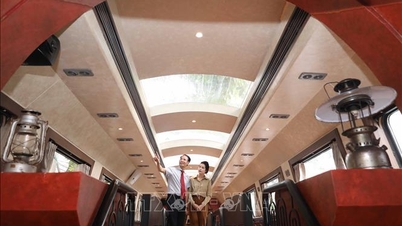
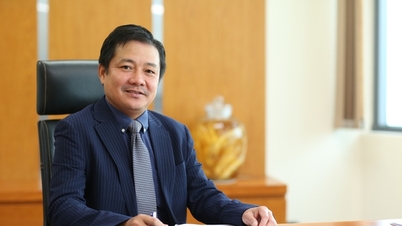

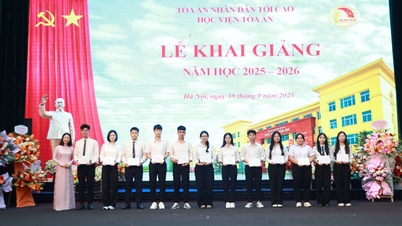

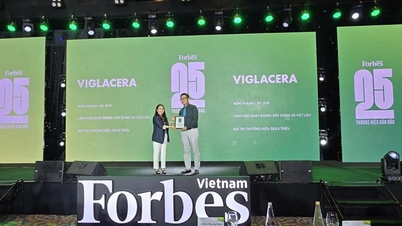


















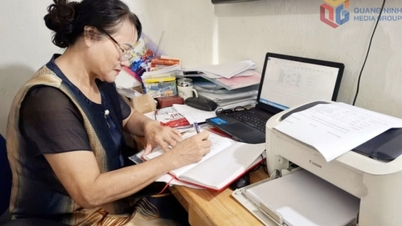

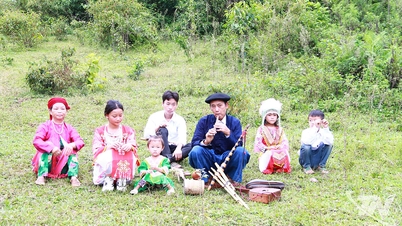

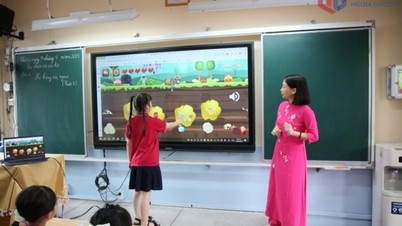
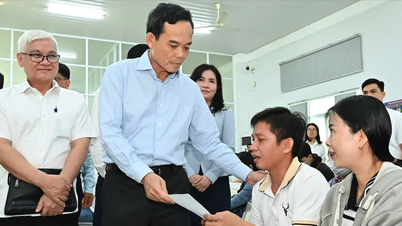

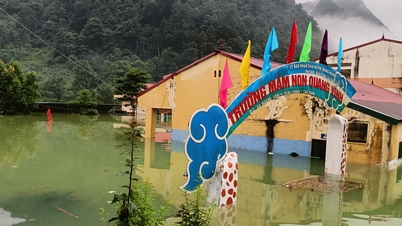














Comment (0)